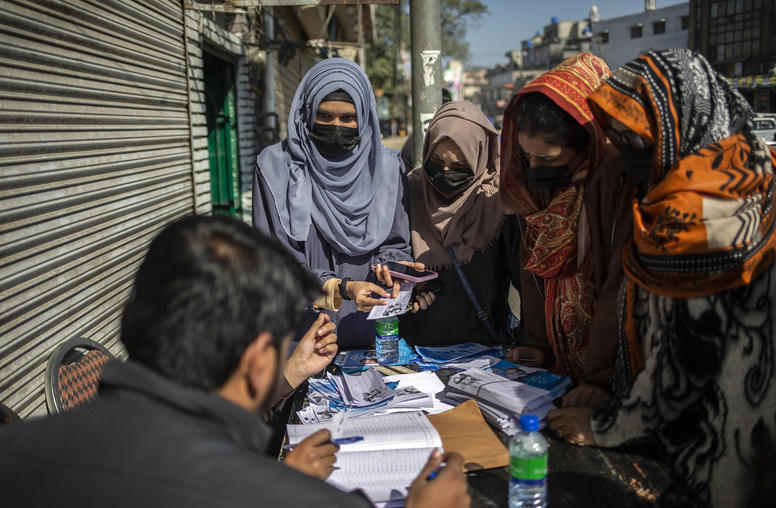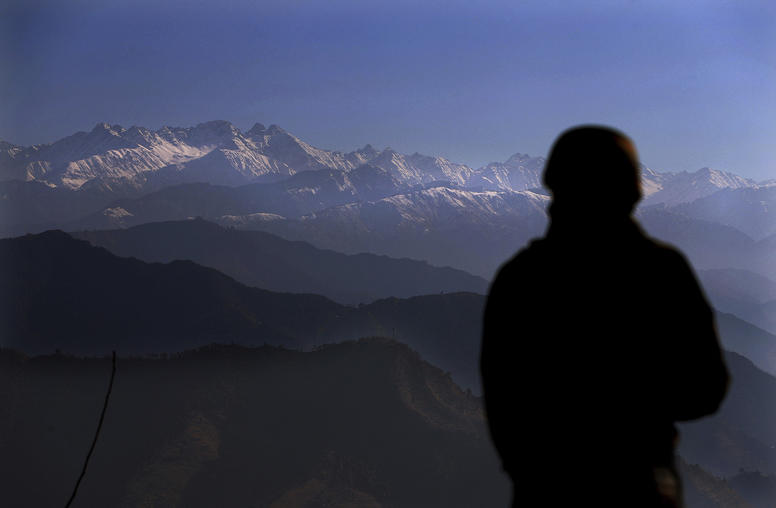Vanishing Media Freedoms Across South Asia
Across South Asia, an already challenging climate for free media appears to have further deteriorated in the past year. The 2020 World Press Freedom Index has seen India, Pakistan, Bangladesh, and Sri Lanka slip down the annual rankings, with all four South Asian countries in the bottom third worldwide. The challenges to free media in South Asia are myriad—particularly threats to journalists’ safety and freedom, repressive actions and overt censorship by governments, unravelling business models, and a chaotic online environment. In many cases, the coronavirus pandemic has exacerbated the threats that journalists and media outlets face as economic pressures have intensified and governments seek to further restrict media freedoms.
On December 15, USIP hosted distinguished journalists from the region to shed light on the challenges of the past year, share personal insights from the ground, and discuss what we can expect from South Asian governments and media outlets going forward.
Continue the conversation on Twitter with #SouthAsiaMedia.
Speakers
Tamanna Salikuddin, opening remarks
Director, South Asia, U.S. Institute of Peace
Shahidul Alam
Managing Director, Drik Picture Library Ltd. (Bangladesh)
Dilrukshi Handunnetti
Executive Director, Center for Investigative Reporting (Sri Lanka)
Siddharth Varadarajan
Founding Editor, The Wire (India)
Cyril Almeida, moderator
Visiting Senior Expert, U.S. Institute of Peace
Former Assistant Editor, Dawn Newspaper (Pakistan)



